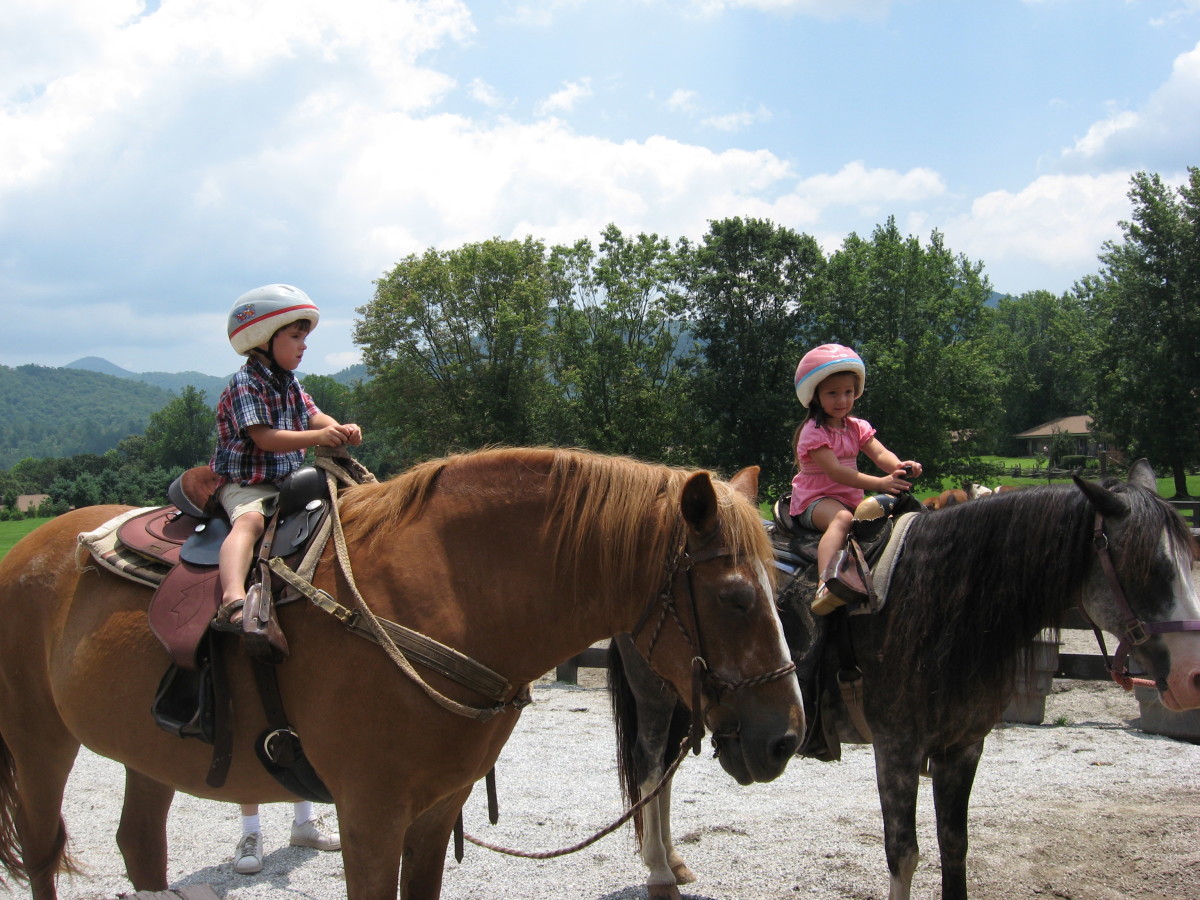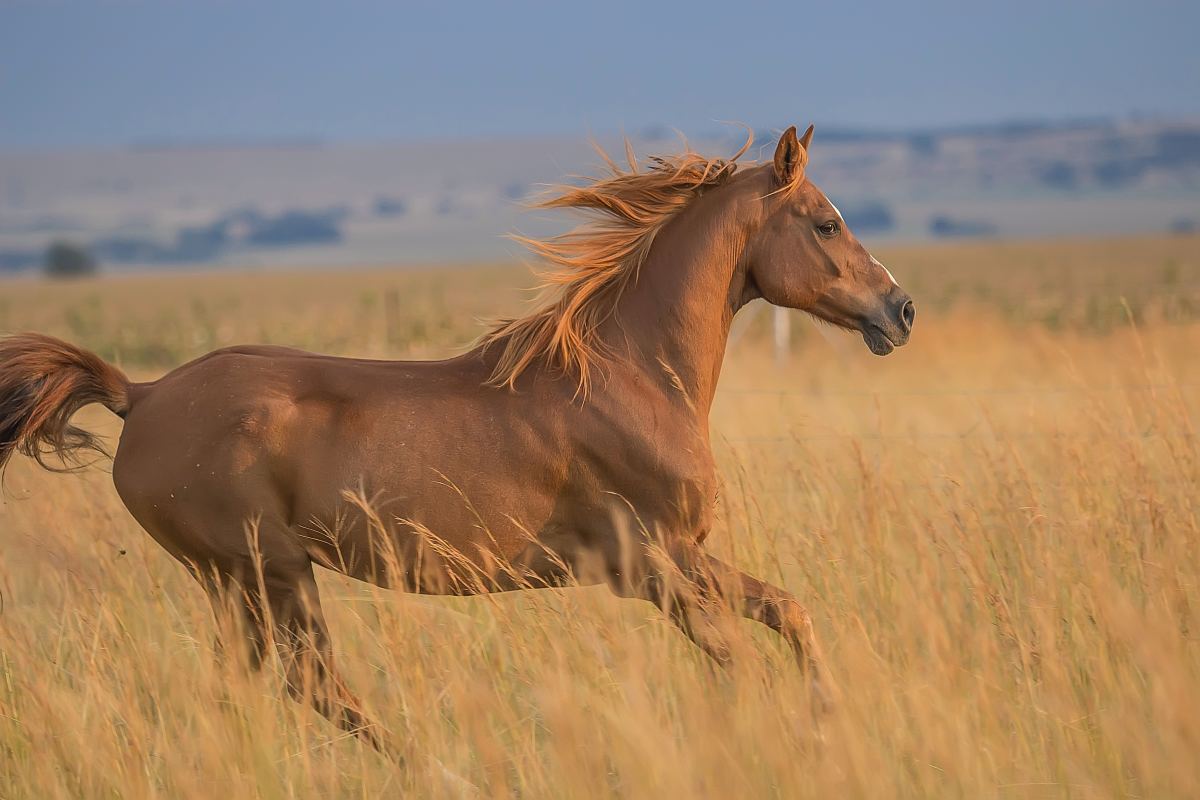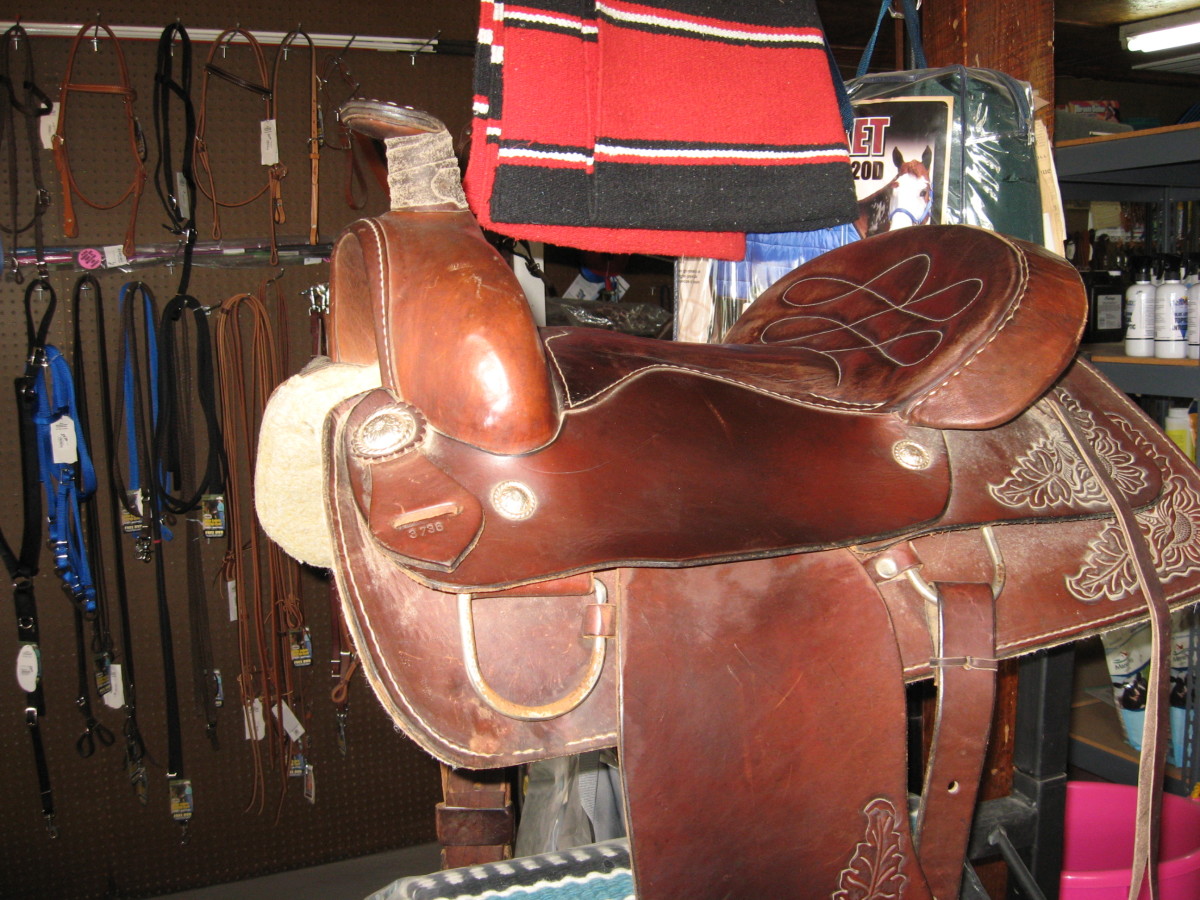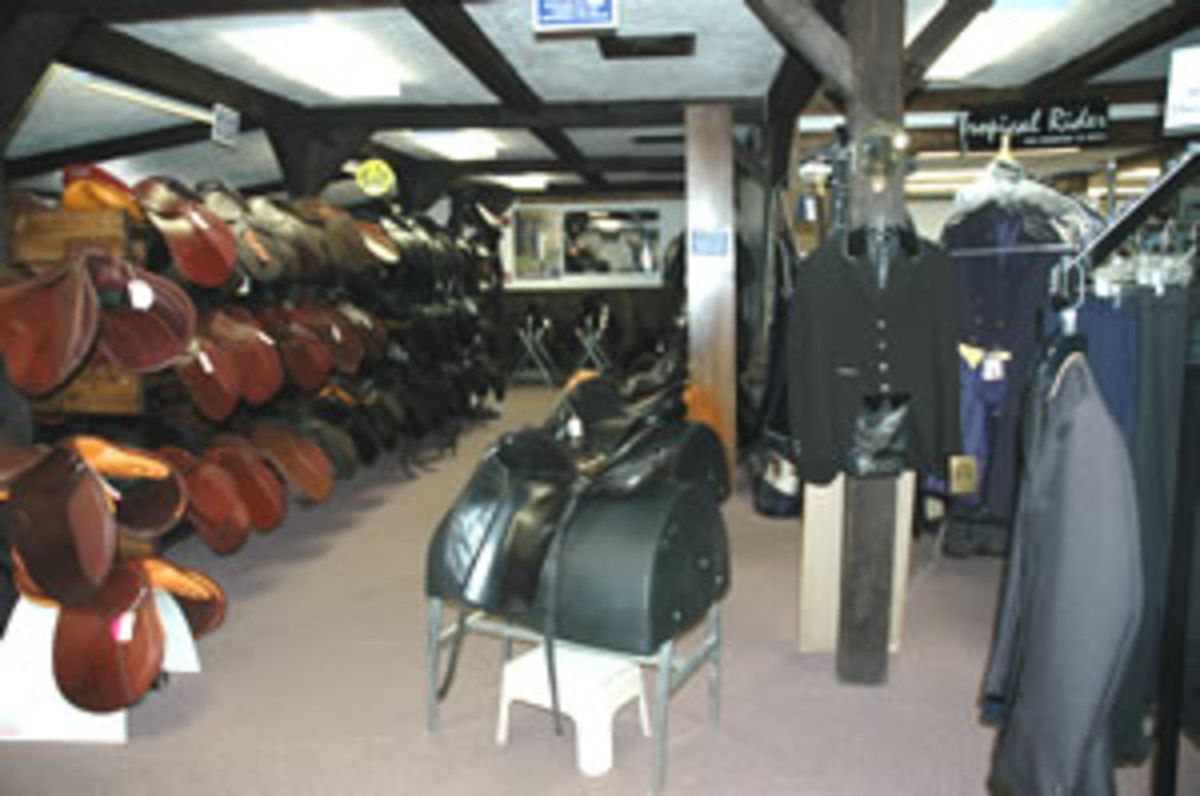Overweight Riders Could Cause Serious Horse Health Issues
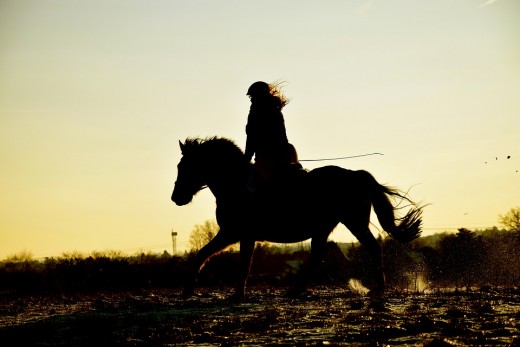
The National Equine Forum last month left riders with a lot to consider. The annual event, held this year on March 8, brought some of the top names in dressage, training, taming and equine health together to race, share information and engage in camaraderie across international lines. Many a tale was shared among forum-goers, and some of the top names in equine medicine showed up to share their insights and explain ongoing research.
Dr. Sue Dyson shared her findings in the first controlled study on rider weight and equine performance, giving us a better look into how horses respond to overweight riders as well as some tips on how to alleviate the health issues that may arise. With Americans facing an obesity epidemic, this could prove timely information for keeping our equine companions in top shape. Heavier riders may be responsible for greater damage than originally suspected.
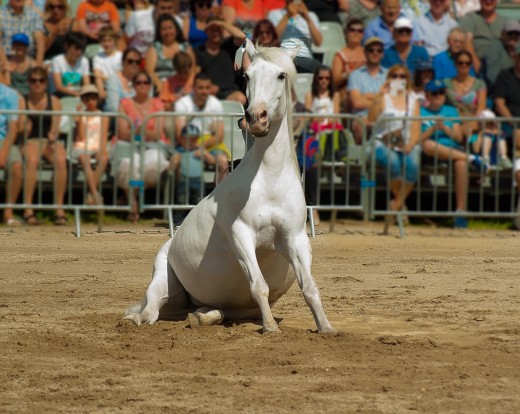
Reduced Performance
Horses in the landmark study were ridden by both a lighter jockey and a heavier person. The heavy riders averaged approximately 16.9 percent of the horse’s weight before getting in the saddle. Over the course of the study, there was a marked decrease in the horse’s performance when ridden by the heavier rider. Many different areas were affected, including not only speed but also agility, footing and recovery.
Horses ridden by heavier riders delivered dramatically lower average speeds and slower run times and did not take corners as well. Some lameness was apparent after multiple turns at length, and horses were far more likely to lose their footing when bearing an overweight rider. Many of the animals took longer to recover, though all eventually overcame any lameness and apparent soreness from the ride given enough time (at least 45 minutes). This reduction in performance appears to be a direct result of the rider’s weight.
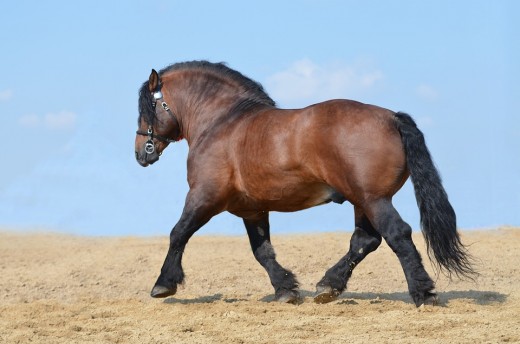
Discomfort
An ethogram indicated that horses ridden by the heavier rider experienced noticeable discomfort during the testing. The horses were tracked by an expert monitoring for signs of neuromuscular distress, and these signs almost universally pointed to discomfort during the rides. This same ethogram may be employed by horsemen attempting to diagnose their own steeds.
It takes many different factors into account and eliminates variables such as isolated tail swishing; constant swishing is a commonly accepted sign of distress or discomfort. Ethograms have long been viewed as the industry standard for determining when a horse is uncomfortable or in pain during a ride, and this type of examination is paramount to understanding a horse's mental condition.
Strength training and muscular development could potentially reduce this discomfort, but further testing is necessary. It is unclear at this time if the muscle mass of the horse matters when it comes to bearing heavier riders or if the simple ratio of saddle and back length to rider weight and size is the overriding key.
Lameness
Horses experienced lameness for a period of up to 45 minutes following a ride with a heavier jockey. Though the effects were temporary, obese riders who regularly saddle up could potentially leave their equine companions with a permanent lameness, according to the study. A lame horse cannot walk correctly and may suffer additional problems, such as becoming stuck on one side when attempting to rise (a potentially fatal position).
These effects may be more pronounced in skinny or senior horses, as the weight ratio was one important factor considered during the study. Belly fat and BMI, often considerations for overweight studies in human health, seemed less important than weight ratio and horse back length in this area, as well. Skinny and senior horses do tend to have much less muscle mass than adult horses with a robust build, so strength may still be a mitigating factor overall.
Do You Allow Overweight Riding?
Additional Considerations
The length of a horse’s back allows for a different size of saddle. A master saddle fitter consultant ensured that all tack was properly used, but many of the heavier riders had to make due with undersized saddles. This may have affected performance during the study, as well, and led to additional discomfort.
Further studies may reveal ideal ratios of rider-to-horse weight and the thresholds at which the average horse can ride without fear of discomfort, lameness or injury. Studies are also needed on how equine obesity may affect these calculations. Dr. Dyson plans to share more information on further studies at the International Saddle Research Trust 3rd Conference at Nottingham University on December 8th, 2018.

